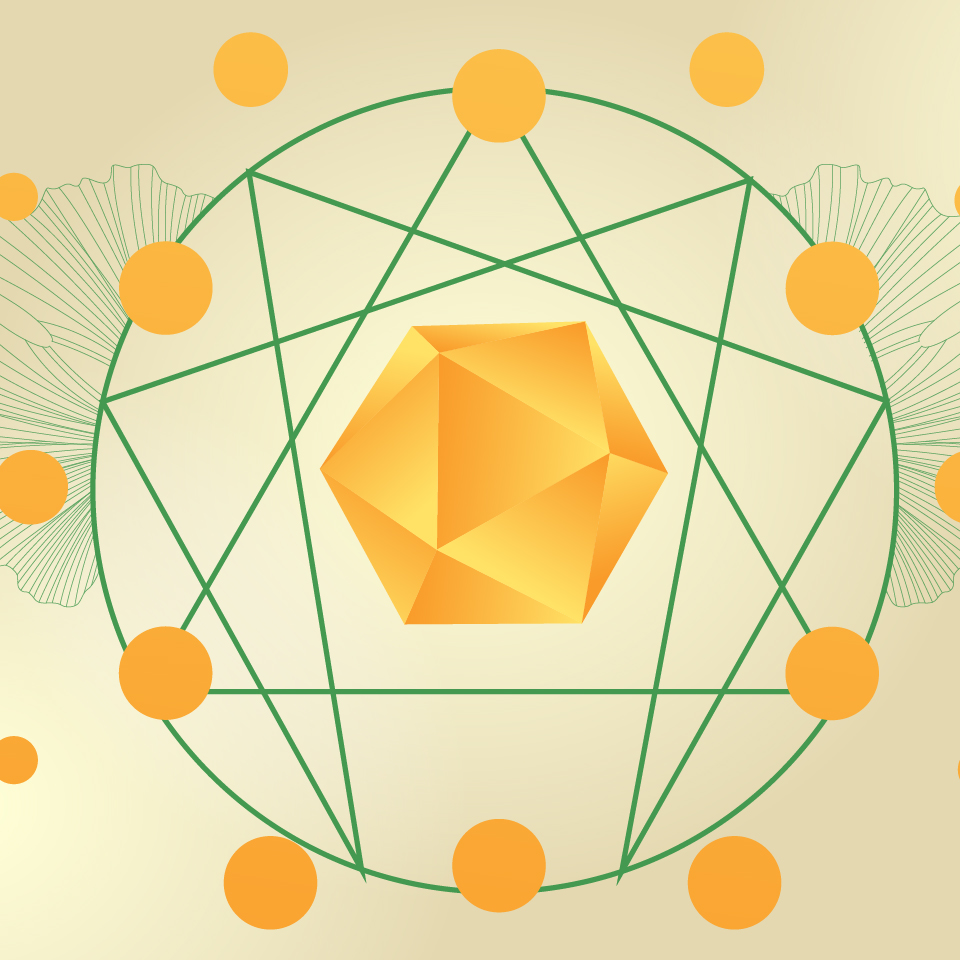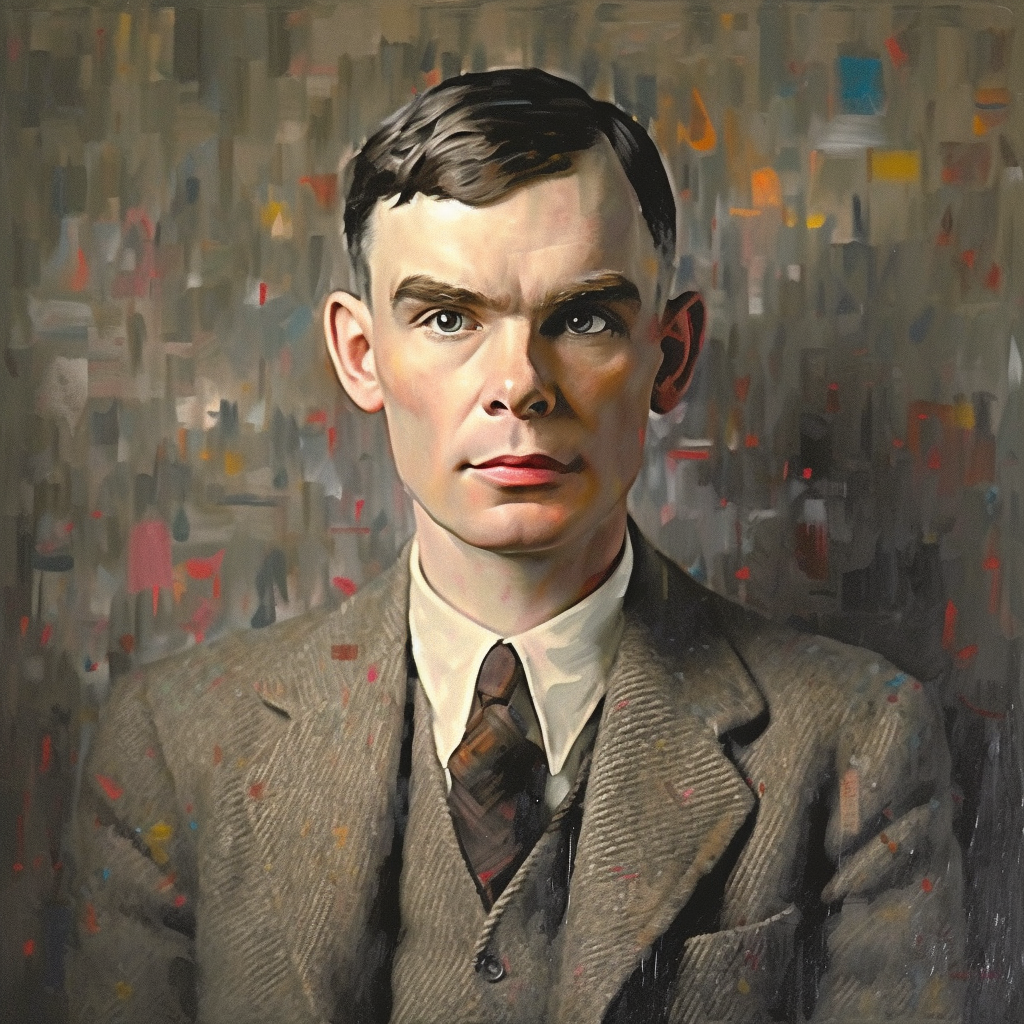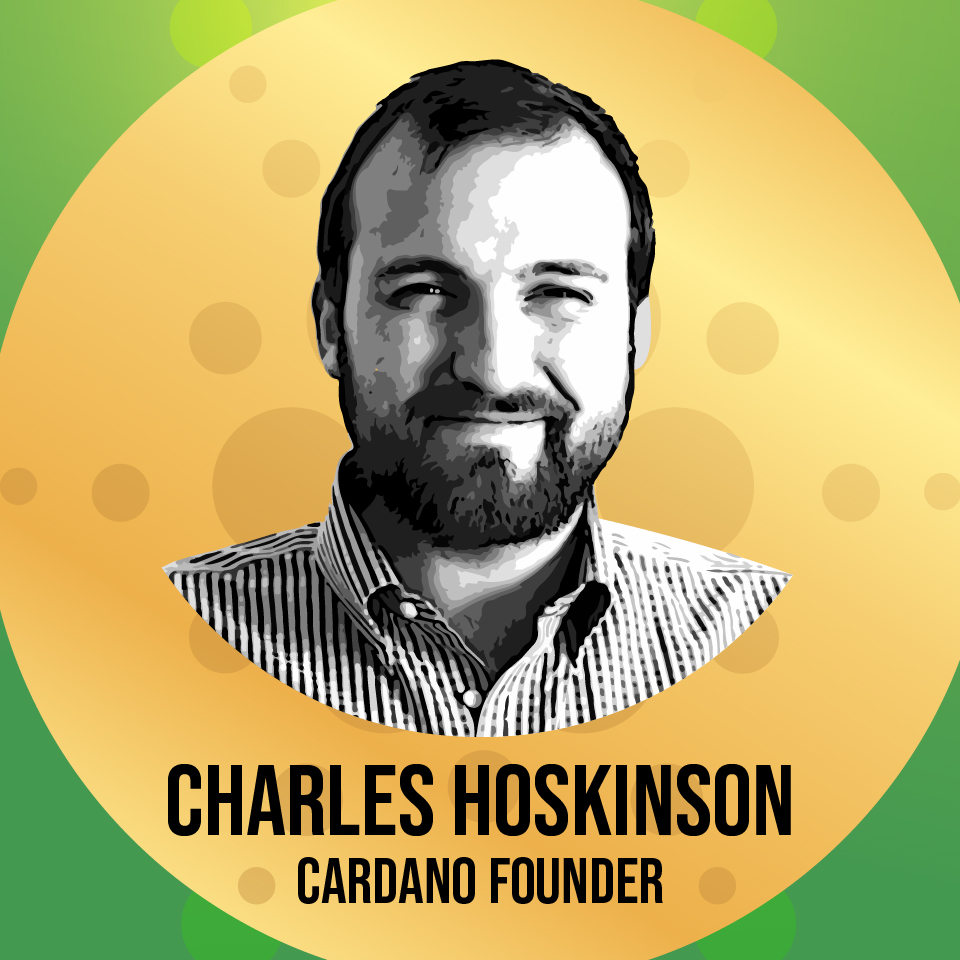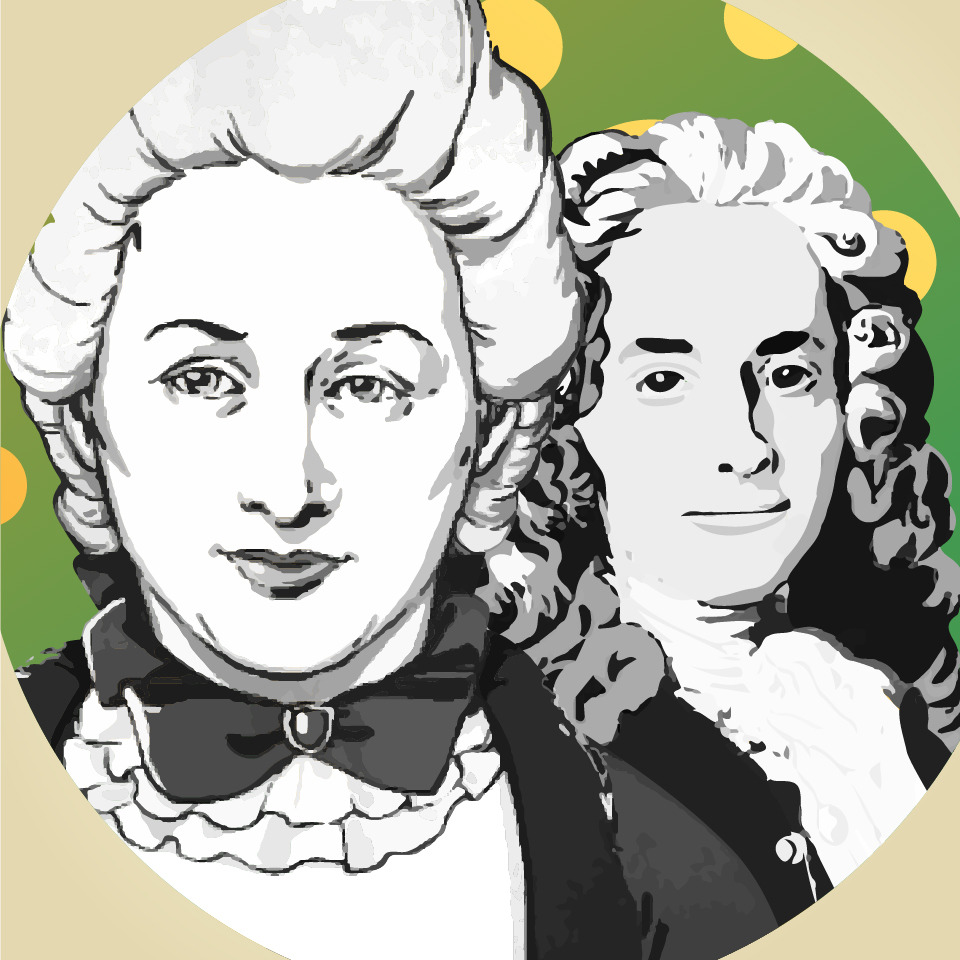
Knowledge Base
My previous post highlighted the accomplishments and lifelong interests of Vasil St Dabov who Cardano's Vasil Hard Fork is named after. Along with being one of the first IT pioneers in Bulgaria, as well as a blockchain pioneer, an ecologist, an agronomist, a programming genius, and a Cardano Ambassador, in his personal life Vasil was passionate about Symbolism. In particular he took a deep interest in 5 symbols that represent enlightened thought, emerging consciousness, the interconnectivity of mind and body, and emerging patterns in biological and spiritual development: the Enneagram, the Leaves of the Ginkgo Biloba tree, the Tibetan Buddhist Dorje, Icosahedrons, and Cyrillic Script.
Vasil had Icosahedrons in various places thoughout his home. An Icosohedron has 12 interconnected Nodes and 30 interconnecting Struts and serves as a three dimesnsional model for small team non-hierarchal problem solving. If you consider the emphasis Cardano places on community based peer review for all of its programming and projects, the concept of non-hierarchal problem solving by teams of 10-42 people is highly relevant. Vasil embraced the concept known as Team Syntegrity which was developed by Stafford Beer , the somewhat mystical British Cyberneticist. Cybernetics is the broad ranging study of communications and automatic control systems in both machines and living things. For our purposes it is more closely associated with the study of feedback, also known as "circular causality", which is essential for self perpetuating systems such as Cardano's Ouroboros protocol.
The Enneagram is similar to the Icosohedron in that it is a geometric representation of the multi-dimensional nature of human conciousness and personality types. It is considered to be a map of the dynamic nature of spiritual conciousness and transformation that can be traced in descending and ascending linear axis and trajectories. There are NIne points on the circumference of the symbol that represent the 9 interconnected personailty types that all humans can be categorized by. Modern Enneagram theories as based upon the work of Oscar Ichazo in the 1950s, and later in the 70's upon the work of of Claudio Naranjo. It must be noted that in the late 19th century the Russian/Greek mystic and founder of the Fourth Way, Georges Gurdjieff ,taught the patterns of the Enneagram to his students by repeating the trajectories in phsyical dance movements. This symbol has had a renewed interest lately and there are multiple Institutes and teachers of the Enneagram symbology currently active all over the world.
Vasil practiced Tibetan Dzochen Buddhism which is rich with symbolism in its use of physical objects in combination with complex visualizations, meditations, and mantras. Dzochen Buddhism is considered to be the most direct ancient transmission of wisdom within the overall scope of Buddhism. The Dorje (also referred to as a Vajra) is an object that represents the cutting away of worldly attachments. The Vajra is also described and a thunder bolt of Truth. Vasil was particularly fond of the Dorje. He was a student of Namkhai Norbu Rinpoche and activiely supported Buddhist events in Romania and Bulgaria. The wareness of human inner development and psycho-spiritual awakening was part of his every day life.
In ways similar to his interest in the development of inner awakening, Vasil studied the influences that language has on thought and conciousness. He read and spoke multiple languages, but in contrast to his intellectual worldliness he spent his entire life in his native Bulgaria. His library of books and the written form of the languages he read symbolized the interdependence that language and thought have. He was an afficianado of Cyrillic script as it is the basis of the Bulgarian alphabet and as the national script in various Slavic, Turkic, Mongolic, Uralic, Caucasian and Iranic-speaking countries in Southeastern Europe, Eastern Europe, the Caucasus, Central Asia, North Asia, and East Asia.
Vasil became fascinated with Ginkgo Biloba trees which first appeared on Earth more than 290 million years ago. It was the primary food of Supersaurus and Lambeosaurus and is currently listed as Endangered. Over the course of 17 years he planted more than 10.000 Gingko seedlings with his own hands while simultaneously creating the largest Ginkgo Biloba plantation in Bulgaria. He collected Ginkgo seeds from many different countries primarily bordering Bulgaria but even from as far away as the United States. In keeping with his deep interest in emerging conciousness and awareness, he was keenly aware of the delicate, synbolic shape of the Ginkgo tree's leaves and its seeds. In his way of thinking the parts of the Ginkgo Biloba tree represented the enlightened understanding of life and mindfulness that we all aspire to.

|
written by: Eric Hill published at: Sep 17, 2022
|

Knowledge Base
Dec 3, 2023, by Eric Hill

Knowledge Base
Sep 7, 2023, by Eric Hill

Knowledge Base
Apr 9, 2023, by Eric Hill

Knowledge Base
Mar 22, 2023, by Eric Hill

Knowledge Base
Oct 22, 2022, by Eric Hill